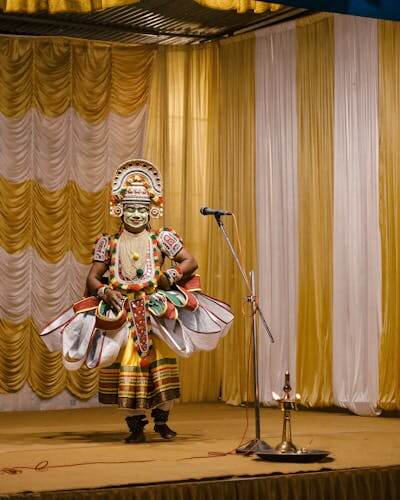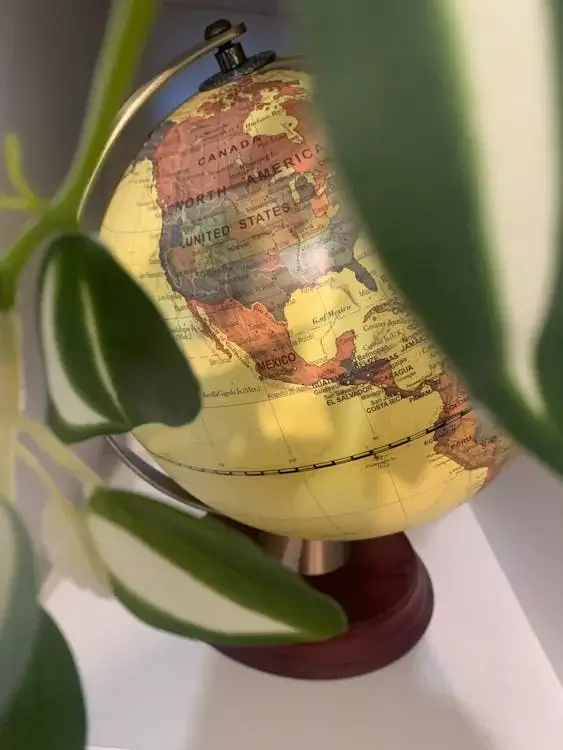Contemporary Art Theory and Criticism written by Laiba Imran

- Have you ever;
- Gaze at a contemporary art piece?
- Wondered what it truly means?
- The world of art is filled with layers of:
- Meaning
- Intention
- Interpretation
- To unravel these complexities, we turn to;
“Art theory and criticism.”
- Two essential components;
“Shape our understanding of artistic expression.”
Contemporary Art Theory and Criticism
- Contemporary art criticism plays a vital role in valuing and explaining the artwork produced by individual artists and broader art practices.
- It requires an in-depth analysis and judgment based on established criteria, yet it remains inherently subjective.
- In contrast, contemporary art theory offers a philosophical exploration of art’s nature, purpose, and meaning.
- It provides a conceptual framework for understanding art by addressing various questions related to interpretation and creation.
Key Differences Between Art Theory and Criticism

| Feature | Art Theory | Criticism |
| Main Focus of Interest | Philosophical questions about art | Individual works of art |
| Technique | Conceptual and theoretical | Descriptive, analytic, and evaluative |
| Aim | Exploring the purpose and reasoning of art | Understanding the artwork within its time period, place, and style |
The Relationship Between Art Theory and Art Criticism
- Art theory and art criticism are interlinked disciplines;
“Complementing and influencing one another.”
- While art theory forms art’s foundational ideas and principles, art criticism applies those concepts to analyze and evaluate specific works.
- Their relationship can be seen as an evolutionary loop, where each informs and evolves with the other.
Art Criticism: Approving and Improving the Theory
- Art criticism plays a significant role in both approving and improving art theory.
- It leads the discourse by focusing on specific artworks, movements, or eras within contemporary art.
- This relationship fosters a better understanding of art and its significance.
- The two main aspects of art criticism are:
Approving Art Theory
- Critics validate current theories by applying them to specific contemporary artworks and movements.
For example, the works of Yayoi Kusama!
- Particularly her Infinity Mirror Rooms;
- Challenge traditional notions of space and perspective
- Validate theories about immersive experiences in contemporary art.
Improving Art Theory
- Criticism advances theoretical discourse through:
- Challenging existing ideas
- Introducing new perspectives
- The Street Art movement, exemplified by artists like Banksy; invites critiques.
- These critiques usually comprise the:
- Question the boundaries of public space
- Role of art in social and political commentary,
- In contemporary art, thus, expanding theoretical discussions around the:
- Accessibility
- Engagement
Examples of Contemporary Art Movements and Pieces
Conceptual Art

- This movement emphasizes;
“The idea behind the artwork, more than the finished product.”
- For instance;
Marcel Duchamp’s Fountain (1917) (https://en.wikipedia.org/wiki/Fountain_(Duchamp)):
- Challenged the definition of art by presenting a urinal as art,
- Prompting debates on:
- Authorship
- Role of the artist
Performance Art

- Artists like Marina Abramović push the:
- Boundaries of art
- Audience interaction
- In her piece The Artist Is Present (2010), Abramović:
- Sat silently across from visitors
- Creating a unique dialogue in art about:
- Presence
- Experience
Installation Art

- Artists such as Christo and Jeanne-Claude, known for their large-scale environmental works like;
“The Gates (2005) in New York City”
- Encouraging viewers to reconsider their relationship with:
- Public spaces
- Ephemeral nature of art.
Conclusion: Contemporary Art Theory and Criticism
- Art theory and art criticism are crucial components of contemporary art.
- Art theory offers a philosophical foundation, Exploring the:
- Nature
- Purpose, and
- Meaning of art
- While to assess the value of individual works, Art Criticism;
- Engages directly with artist’s worksUses descriptive
- Evaluates techniques
- Together art theory and art criticism;
- Facilitating a broader understanding.
- Enhancing our appreciation of contemporary artistic expression.
FAQs : Contemporary Art Theory and Criticism

- What is contemporary art?
Contemporary art refers to:
- Art produced in the late 20th century to the present
- Characterized by a wide range of:
- Styles
- Mediums
- Themes
- Often reflecting current issues and trends.
- How do art theory and criticism differ?
- Art theory explores the philosophical aspects of art
- Art criticism focuses on analyzing and evaluating specific artworks.
- Together, they provide a comprehensive understanding of art.
- How can I engage with contemporary art?
- You can engage with it by:
- Visiting galleriesAttending exhibitionsParticipating in discussions
- Following art critics and theorists online
If you’re passionate about Art and want to read more about art,
- Subscribe to www.raiseyourdimension.com for more:
- InsightsUpdate
- Exclusive content







